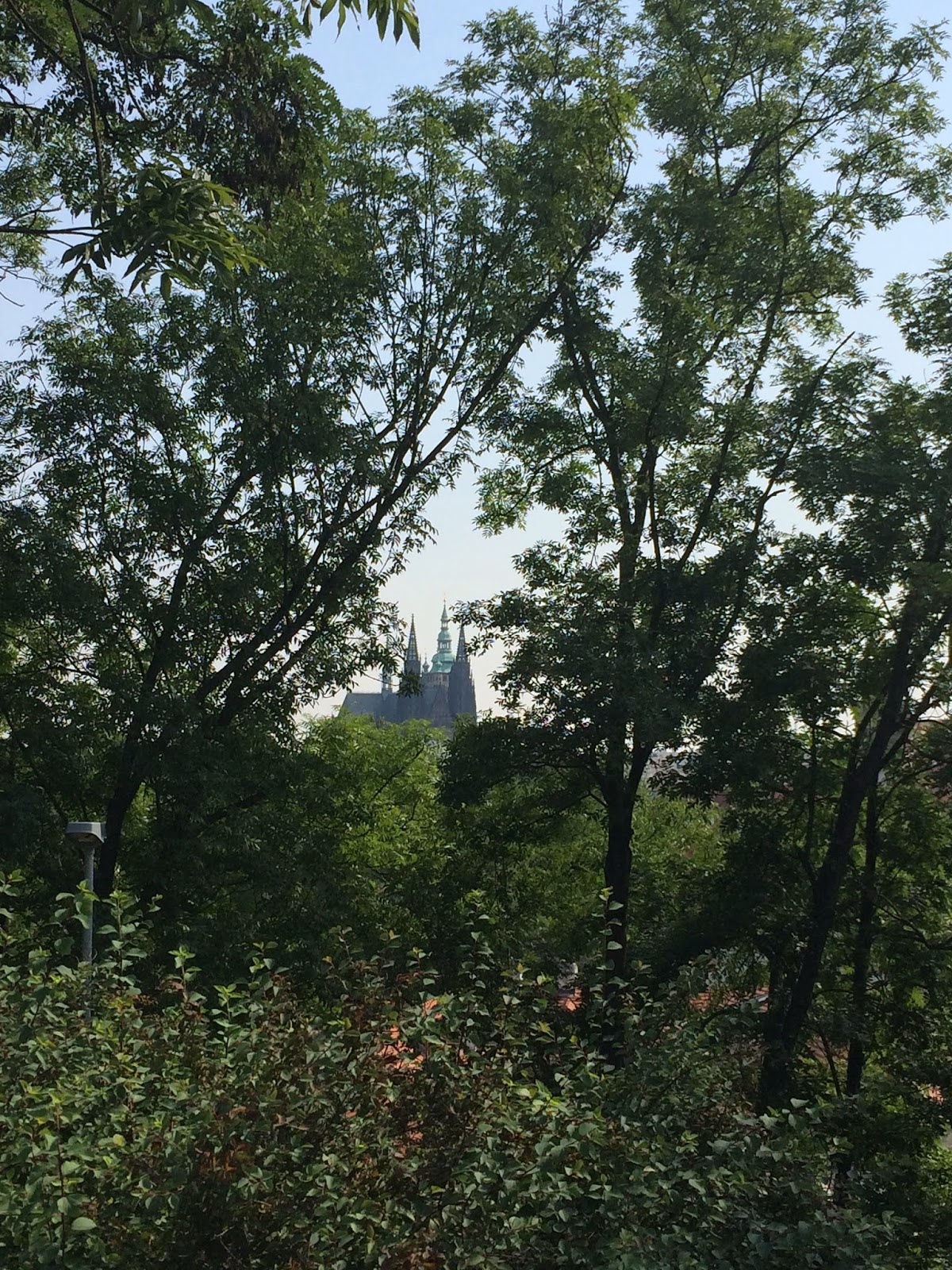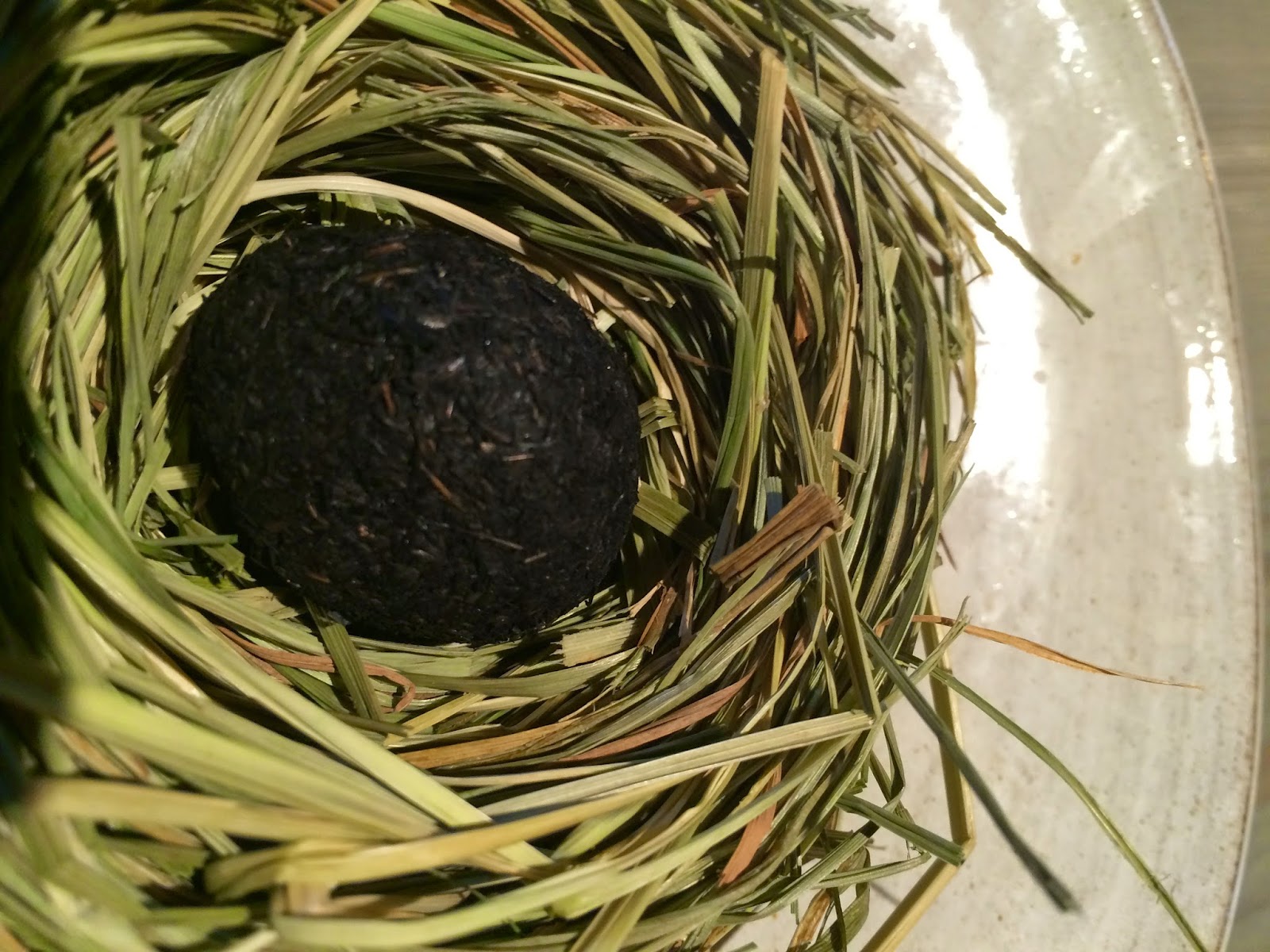Disclaimer: This post is going to be an in-depth review of my trip to Fäviken. If reviews about fine-dining don't interest you you should probably go ahead and skip this one.
Welcome to Fäviken. After I left Åre (already the middle of nowhere), I took a 25-minute cab ride to the middlest of nowhere... The Fäviken estate. For those of you who don't know, Fäviken is a restaurant run by Swedish chef Magnus Nilsson and is one of the restaurants responsible for the "New Nordic" movement sweeping the food world. However, unlike Noma- the most famous New Nordic restaurant, the emphasis is much less on foraged ingredients and more on historical Swedish farming, cooking and preserving techniques. The idea is that 90% of the ingredients used at the restaurant come directly from the estate. The exceptions are fish and shellfish, which still come from only 200km away in Trondheim, and salt/sugar.
What Magnus is doing here is something of a dream of mine. I remember two years ago, after I had gotten his book as a Christmas present, I spent an entire evening (while I should have been studying for the CPA) wrapped up on my couch in my little one-bedroom in Lincoln Park, and read the entire thing from cover to cover. I was enthralled with the idea of, not only being self-sustaining, but operating one of the world's great restaurants at the same time. His ideas about self-sustainability, meat sourcing and handling, produce harvesting and handling, preservation techniques etc., are so unusual, so against the grain, but at the same time so logical and sensible, I couldn't help but wonder why no one was doing things this way. The entire thing is presented in a way I can only describe as "Swedish" - down-to-earth, matter-of-fact explanations completely devoid of ego. As I was reading that book I knew that I had to go and experience Fäviken myself. As wonderful as it was to read, it was another thing entirely to see it in practice.

After arriving and dropping my things off in my room I took a stroll around the grounds for an hour or so before dinner.
One of the chef's picking some last-minute Chard for dinner.
I'm not going to go into detail about each and every dish. There are literally hundreds of reviews on the internet you can go read if you want a play-by-play. I did actually take pictures of most the dishes which is odd because I'm usually very much against that kind of thing. Blogging has changed me. Anyway, here is the majority of the menu with a few comments:
Fermented sausage, raw radishes with herb salt, a muscat and a wonderful view. All I wanted to do was find a nice, quiet spot to read before dinner and suddenly I'm plied with wonderful food.
The lounge area of the restaurant. Far cry from the typical Chicago dining room.
The bar.
Salted Herring aged for 3 years. Surprisingly, not as funky as you would imagine.
The place setting. To the left is the best butter I've ever had anywhere.
Scallop steamed in it's shell over Juniper. A unifying theme of this meal was that every dish was stupidly simple but executed so perfectly- most of the time without toys of any kind. In this case, one chef with a giant metal spatula suspends all the scallops over a roaring fire of Juniper, and somehow manages to produce 12 perfectly cooked scallops.

H'o boy. A look into Magnus' strange yet sensible philosophy: We were only served 4 different wines during the course of the meal. The reason is that with a tasting of 12 or so wines, one doesn't have the time to truly engage with a wine. Anyone who's enjoyed several glasses of a really great wine knows that it changes considerably over the hour or so it takes you to drink it. Also, a really great wine has complexity and depth that doesn't always show itself right away. As big of a fan as I am of a multitude of wine pairings, I have to admit that tasting one of the world's great Chardonnays as it evolved over the course of 4 or so fantastic dishes was a taste experience that will be sewn into my brain forever.
King Crab sprayed with Attika Vinegar and Burnt Cream. This is a study in subtlety. Incredibly rich crab and cream cut perfectly but imperceptibly by a whisper of vinegar. Over-the-top Chicago chefs could learn a thing or two about restraint from this dish.
For Mom: The centerpiece.
Trout with Swamp Herbs and Bog Butter. This dish was actually just as gross as it sounded- but gross in the way that fish sauce is gross: "Ew, this is disgusting!!!.... actually, can I have some more?" Native Jämtlandians used to store butter in holes near the swamps and lakes in the area as the natural flora would ferment and preserve the butter. The end result was a butter that would have a very funky "swampy" flavor. Interesting to say the least. I would love to be able to try this again.
The man himself. Fittingly juxtaposed against a curing sow's leg.
The pass is located in the dining room allowing diners to view the chef's putting the finishing touches on the dishes.
Cockle injected with beer. So simple. So delicious.
Barley pancake filled with pickled onions.
Quail Egg preserved in Ash with a sauce of Dried Trout and Pickled Marigold.
Ancient Swedes used to coat eggs in ash to preserve them. Think woodsy, smoky egg. Pretty awesome. Also, funky fish emulsions might be my new favorite thing.
Cottage Cheese Pie with Wildflowers. This is a paraphrasing of how Magnus described this dish: "There are two kinds of pie crusts, the ones that look really pretty but usually don't taste very good, and the ones that look like shit but taste incredible- like the ones my mom used to make. This is hopefully the second." And he was right. Although this looks beautiful and intricate it was basically just the best cream cheese pastry I've ever had.
Moose Blood Bread in a Moose Stock with Burnt Shallots and Backfat. At this point I'm getting a bit tipsy so the quality of camera work will slowly deteriorate. This was hands down my favorite dish of the night. I wish I could drink that moose stock for the rest of my life.
Roasted Pork Chop from an Old Sow, Chard and "Tasty Paste." The tasty paste was basically wild mushrooms and mirepoix, blended together and then reduced down. While other pig products are incredible, I've never had an unadorned pork chop that was earth shattering. This was no exception. It was certainly the best pork chop I've ever had, but that isn't saying too much. What was incredible was the flavor that an old, free-range pig will give you. It's really like nothing I've experienced before.


Colostrum and Blueberry Jam. When a cow gives birth it produces a thicker milk called colostrum for the first few days after the calf is born. The colostrum is chock full of nutrients the calf needs to survive its first few days of cow-hood. This is quite a funky product that apparently is not too appetizing on it's own. I don't know what they did to it here but it was delicious and like nothing I've ever tasted. It's truly a magical moment when you come across a segment of the taste spectrum you've yet to experience.
Blueberry Ice and Lingonberries with Cream. Nothing otherworldly here- just tasty.
I just thought this was an interesting way to place a spoon. Try it at home, it does make a certain kind of sense.
Curdled Woodruff Milk. I'm still not sure exactly what this is. I've tried looking it up to no avail. It was however one of the weirder yet more delicious things I've eaten.
Egg Yolk preserved in Sugar and Pine Bark Crumbs served with...
...Spruce Ice Cream. I'm not usually a fan of desserts. There's nothing to them- add sugar, let the human instinct for sweetness take over. This one, however, takes the cake (teehee!). This tasted like a forest and like a hot summer day. The spruce ice cream tasted like freshly cut grass. It transported me back to my parents back patio in Naperville on a nice summer day- the smell of fresh cut grass in the air.
Churning the ice cream on a hundred-year-old churn.
Beerenauslese.
Sour Milk Sorbet, Raspberry Jam, Whisked Duck Eggs. For as interesting as this dish sounds it pretty much just tasted like Raspberry ice cream.
The table is set downstairs for coffee. I really enjoyed how we moved around several times during the meal. Really helps to take you out of the "I'm at a restaurant" mentality and into the "I'm over at a friend's house for dinner" mindset.
Coffee. Fun Fact: The Swedes drink 4.5 cups per person a day- highest in the world.
Homemade candy! The highlight was the cured reindeer pie on the top right. On the top left there was some pine gum. Apparently this was the old Swedish navy way of clearing your breath after a meal. Freaking disgusting.
Housemade liqueurs. From left to right: Duck Yolk, Blackberry, Bitter, Sour Cream. Sour Cream was probably my favorite.
And of course, breakfast.
Alright, so maybe that was more commentary that I intended. It truly was one of the better and more mind-blowing meals I've ever had. So very different than any of the 3-star meals I've had before it. There was such an incredible lack of pretension about the whole experience. At the beginning of the meal I was talking to a Swedish couple at my table when I turned around to see Magnus staring me in the face with an outstretched palm. I've never been star-struck before but I was literally dumbfounded. Somehow I managed to reach out my hand which he warmly shook and said simply: "Hi, I'm Magnus." This is what the entire experience felt like- simple, modest, and yet undeniably one of the best meals of my life.

















































































